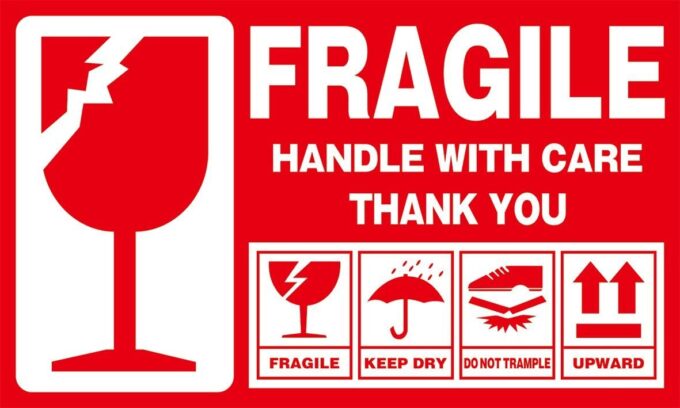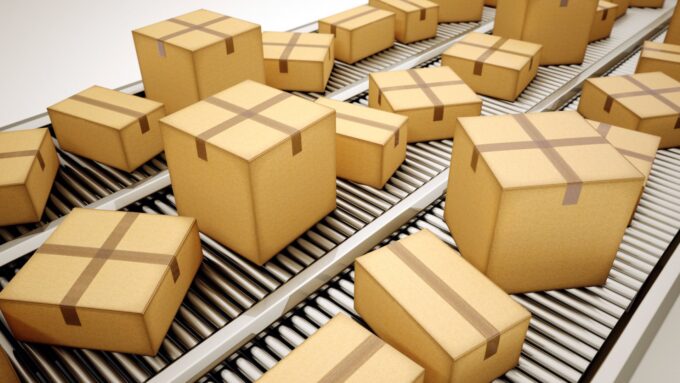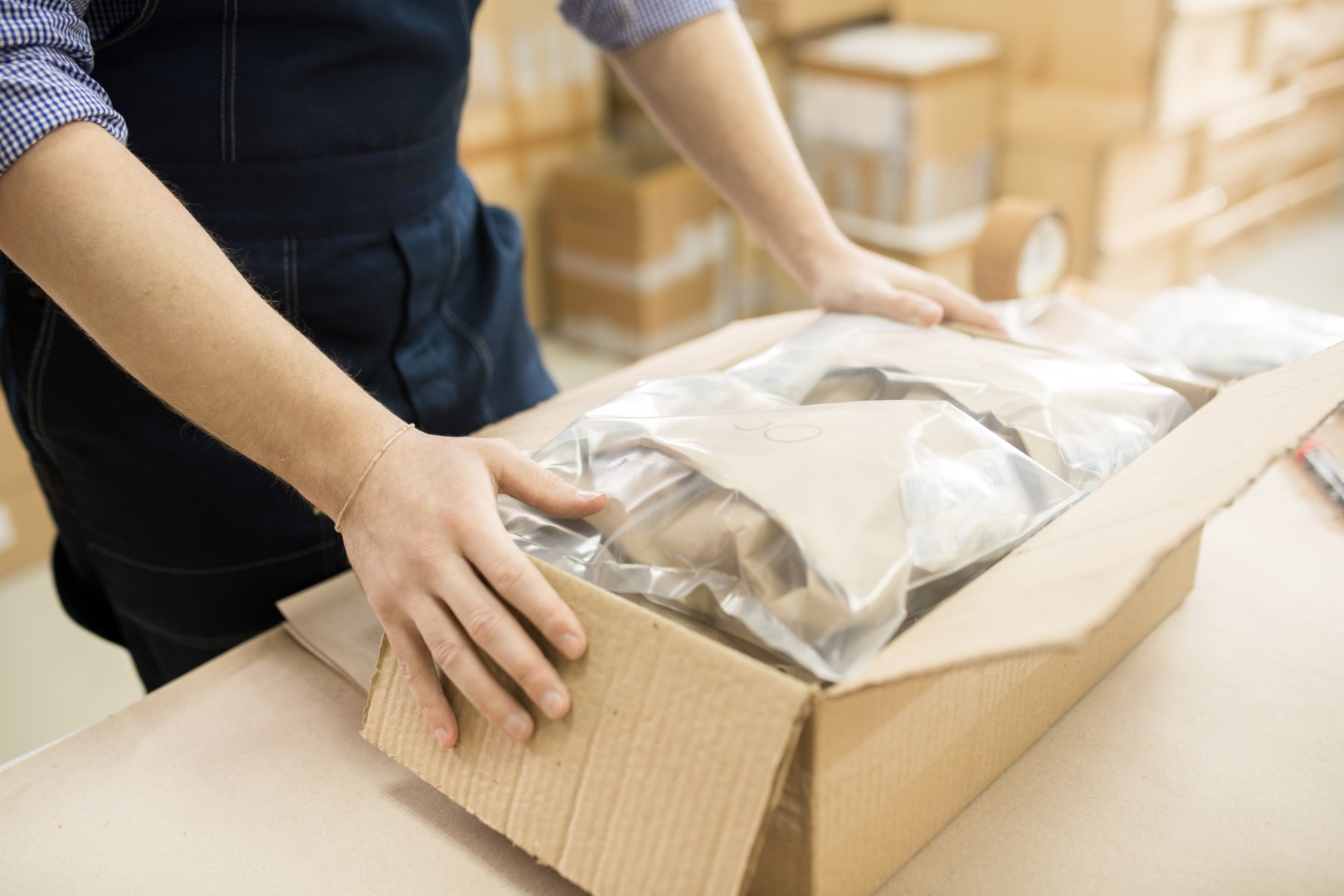Almost everyone has experienced the thrill of anticipating a package’s arrival, only to be let down when they discover the item inside was damaged in transit. Packages can get damaged in transit for various reasons, such as rough handling, rain and poor storage conditions.
For businesses, this is a major source of frustration because it’s often beyond their control, can negatively impact consumer satisfaction and can drive up costs significantly. To avoid unplanned returns and unhappy customers, your business needs to make sure that your products are safe and undamaged while being shipped.
Continue reading for some tried-and-true methods of ensuring that your products make it to their destination intact and undamaged:
Choose The Most Appropriate Container
While it’s the most obvious tip, it’s also the most crucial. Choosing the right shipping container is very important if you don’t want your product to get damaged in transit. Your choice will undoubtedly be influenced by the size and weight of your goods. For example, if you’re sending dinner plates, you should pick a container that can accommodate both the size and their specific dimensions. However, if you plan on shipping a mirror, you may need a larger box.

It also takes numerous people to get a package from the warehouse to the customer. So, it’s important to remember that workers may damage your boxes when they move these from one phase of transport to the next if these are too old or not sturdy enough for the product you’re sending. These packages are also susceptible to harm from friction caused by rubbing against other bundles and boxes during transit.
For this reason, you should use containers manufactured for packing. The items you’re shipping will be safer in these stronger, more robust boxes. Most of these boxes also have standard dimensions so that they may be stacked efficiently inside a shipping compartment.
Wrap Each Item Separately And Fill In Any Gaps
Keep in mind that multiple contents of your package may move and come into contact with one another while the box makes its way to its destination. However, wrapping your goods separately reduces the risk of damage. It would also be best to use a plastic bag to protect fragile items or anything that could get damaged by dirt, water or moist conditions during transit.
Furthermore, cushion your parcels with filler material to keep your goods from moving inside the box. It’s also important not to overfill the package, as this could cause it to burst during transport. Padding should have a minimum thickness of 2 inches (5-6 cm). You can use these materials to fill the box, ensuring no space is left for unnecessary movement: foam, bubble wrap, packing peanuts, scrap paper or styrofoam.
Seal It Properly Using The Proper Material
When packing a box, it’s crucial to use tape of the proper quality and correct width—usually about 2 inches. Tape the center seam as well as the outer edges. Don’t forget that additional tape will be needed to seal the seams of heavier boxes. Also, it’s best to avoid using straps and strings whenever possible. These materials could interfere with the equipment used by your logistics company to transport your bulkier shipments.
The box-in-box technique is also another option. It’s useful for fragile or expensive things as it adds another layer of security. This is especially helpful if the interior box is an essential part of the brand experience and must be delivered undamaged while adding an extra layer of safety. Follow these steps to do the box-in-box technique successfully:
Have a small box and a large box ready. The inner box must be adequately cushioned, and the outer box must be big enough to accommodate it.
Ensure that the outer box is filled with packing material before inserting the inner box.
After that, place more packing material inside the larger box before sealing with tape as described above.
The importance of sealing your packages cannot be overstated when shipping items. This guarantees that none of the package’s contents will tumble or even slip out of the container during transit.
Label Fragile Packages

Avoid the hassle of replacing broken products by labeling them as fragile. If your courier knows they’re dealing with delicate materials, they can take extra precautions to protect these during transit. To indicate fragility, label the box. The person delivering your package likely has no idea what’s inside; therefore, labeling specific packages as fragile is essential.
Invest In High-Quality Packaging
When packing, you may not consider whether or not you’re using high-quality packaging. Because, after all, why shell out extra for bulky boxes? However, don’t try to save money by skimping on boxes and packing materials. Spending more on sturdy packaging is often worth it to avoid replacing broken or damaged items. Using robust boxes and packaging tape will better safeguard your goods in transit.
Standardise Your Packing Procedure
Standardisation boosts output by eradicating ineffective practices. So, try to formulate clear rules for the packing area and reliable routines for efficiently packing all objects. Make checklists outlining and explaining each phase of packing. As such, your team will know what to do, from selecting the appropriate box size and placing each product inside the box to applying labels correctly and labeling packages before sending them off.
Final Thoughts

Most people know the feeling of eagerly awaiting a package’s arrival, only to be disappointed when they open it and find the contents damaged. Several factors might contribute to packaging damage during transit, including rough handling, weather conditions and improper storage. This is very frustrating for companies because it’s usually out of their hands, can mar customer satisfaction and raise costs.
Your business needs to ensure its products are safe and undamaged while they’re being shipped to avoid unplanned returns and unhappy customers. So, rely on these tips to guarantee that your products arrive at their final destination unharmed and in pristine condition.










